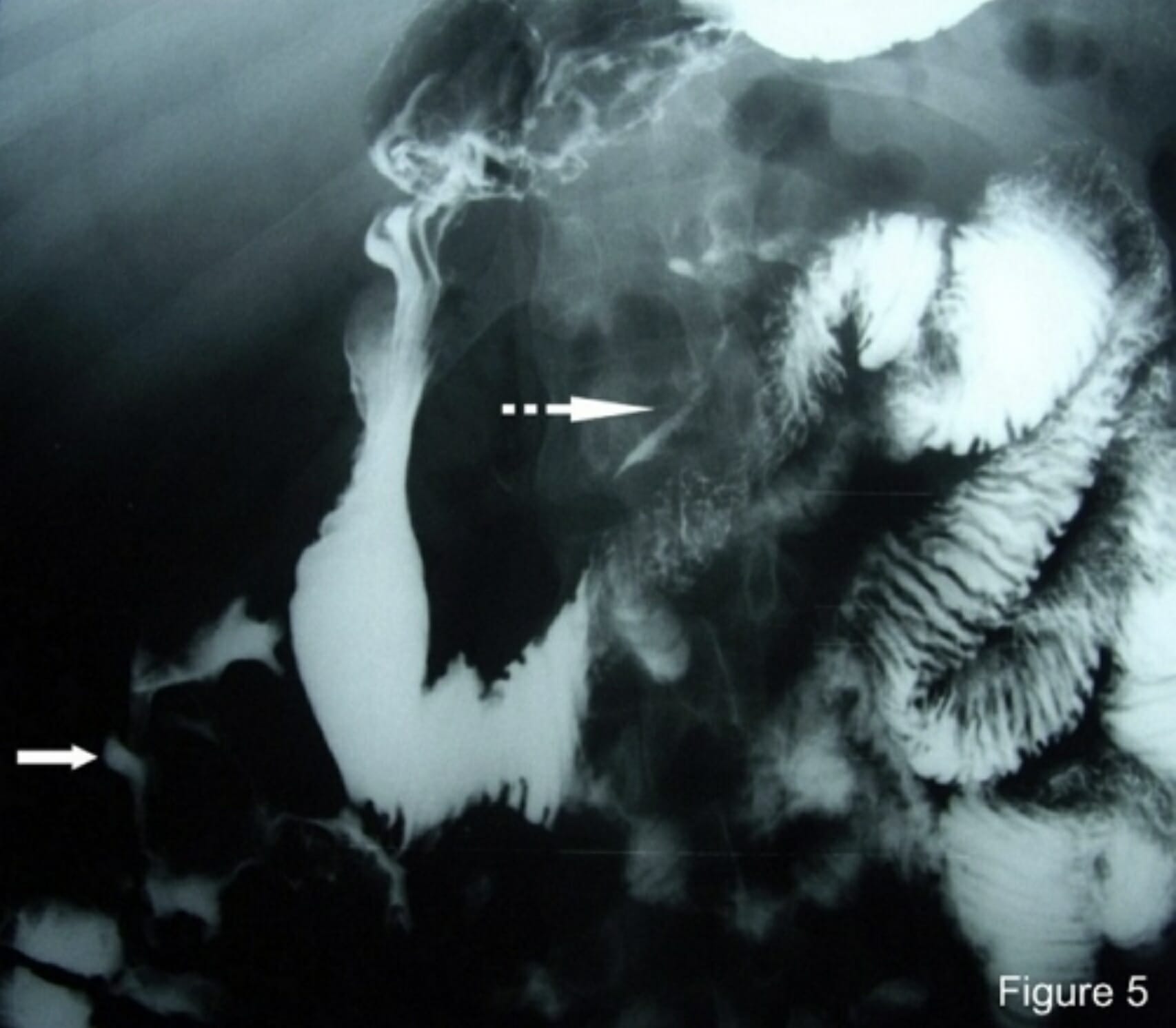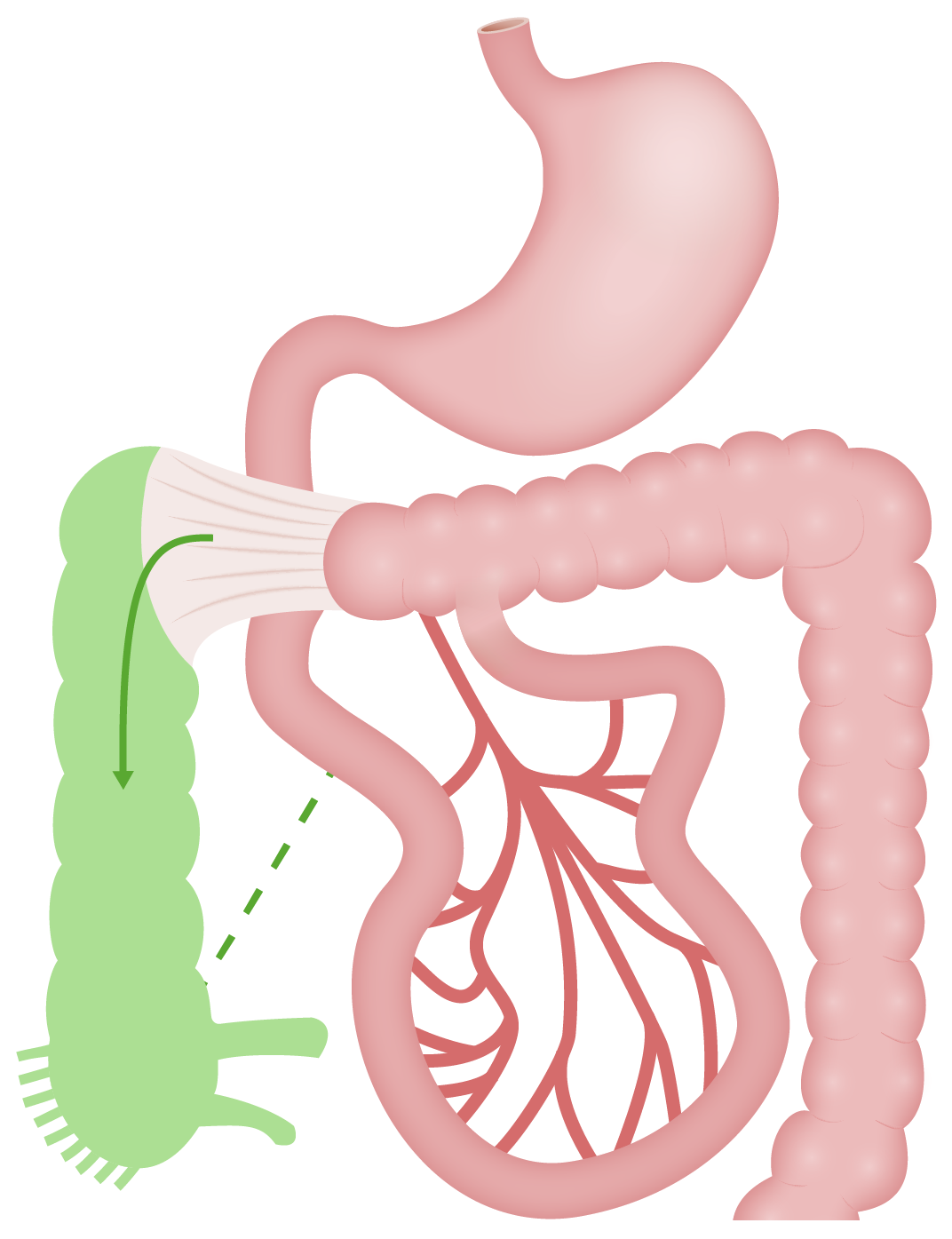Playlist
Show Playlist
Hide Playlist
Intestinal Malrotation: Management
-
Slides IntestinalMalrotation Surgery.pdf
-
Download Lecture Overview
00:01 Before offering surgery to the patient for intestinal malrotation, we need to do some preoperative planning. 00:08 We have to offer the patient supportive care very importantly to correct the electrolyte abnormalities and restore the patient's intravascular volume. 00:17 They are very likely to be dehydrated from the volume of emesis. 00:25 Let's talk about a classic procedure called the Ladd’s procedure. 00:29 This is the procedure that is known to fix malrotation patients. 00:34 At the time of an exploratory laparotomy, you want to assess whether or not the intestines are actually viable. 00:40 Remember, during a clinical scenario presented to you, if there's any signs that the bowel is ischemic, that ischemic segment needs to be resected. 00:50 During a Ladd’s procedure, we first eviscerate all the intestines. 00:55 Then we detorse the intestines usually in a counterclockwise direction. 01:02 Next, we divide the duodenal bands called the Ladd’s bands. 01:06 Remember, the duodenojejunal junction is now attached to the right upper quadrant of the abdomen and that is abnormal. 01:13 And we always do an appendectomy. 01:15 Remember, because the cecum is not in the right lower quadrant of the abdomen in malrotation patients, appendicitis later on as a diagnosis can be difficult. 01:26 I’d like to pose a question to you. 01:27 What if the child has progressive hypotension or is progressively lethargic? I’ll give you a second to think about this. 01:39 That's right. 01:39 Take the patient to the operating room. 01:42 This patient is demonstrating failure to thrive and potentially ischemic intestines. 01:47 Particularly with hypotension, it may be indication of septic shock. 01:51 In babies, we use dopamine. 01:54 Again, a clinical scenario that presents the patients as deteriorating, who initially was not peritoneal, take the patient to the operating room. 02:04 Let's visit some important clinical pearls and high-yield information for intestinal malrotation. 02:10 Malrotation is considered a surgical emergency. 02:12 Don't sit on these patients. 02:14 Remember, resuscitate, replace the electrolytes and take the patient to the operating room. 02:20 Hopefully, by the time you’ve taken the patient to the operating room that the intestines are still alive and require no resection. 02:27 But a Ladd’s procedure is still performed. 02:32 High-yield information. 02:33 Remember bilious emesis in a child is intestinal malrotation until proven otherwise. 02:40 This is particularly important because malrotation can lead to ischemic bowel. 02:45 Have a high index of suspicion. 02:48 Thank you very much for joining me on this discussion of intestinal malrotation.
About the Lecture
The lecture Intestinal Malrotation: Management by Kevin Pei, MD is from the course Special Surgery.
Included Quiz Questions
Which finding should lead you to suspect intestinal malrotation unless proved otherwise?
- Bilious emesis
- Nausea
- Non-bilious emesis
- Diffuse abdominal pain
- Distended abdomen
An infant presents with intestinal malrotation. She progressively becomes more hypotensive and lethargic. What drug would you administer to treat this infant while preparing for surgery?
- Dopamine
- Phenylephrine
- Epinephrine
- Norepinephrine
- Fentanyl
Customer reviews
5,0 of 5 stars
| 5 Stars |
|
5 |
| 4 Stars |
|
0 |
| 3 Stars |
|
0 |
| 2 Stars |
|
0 |
| 1 Star |
|
0 |





